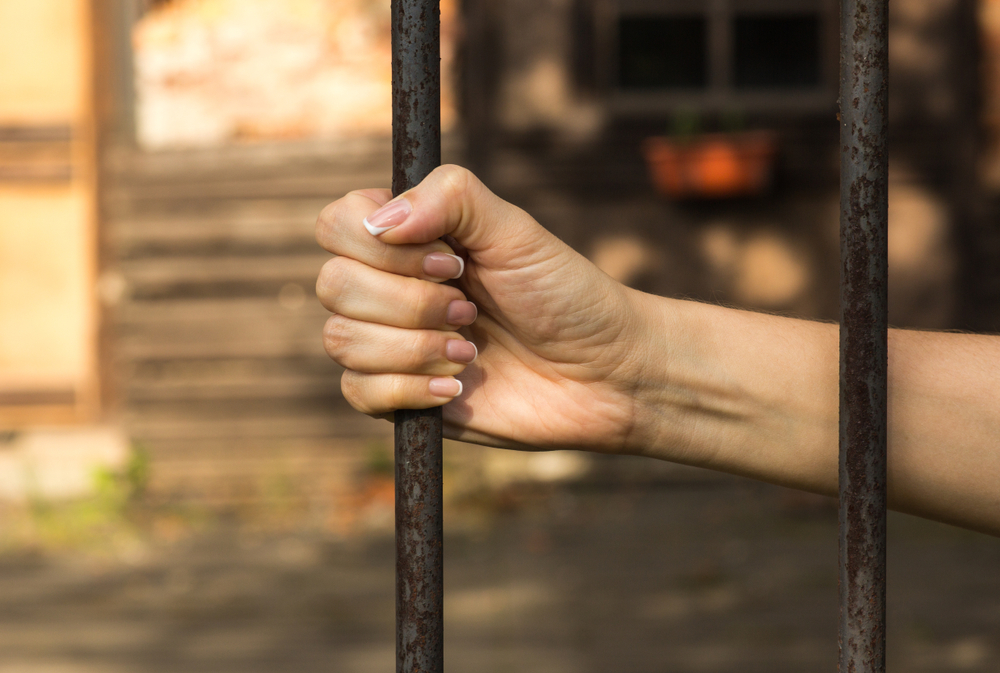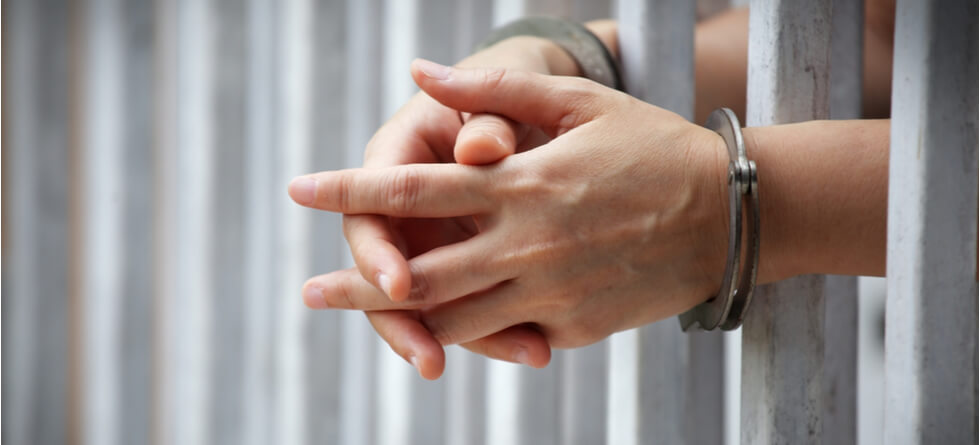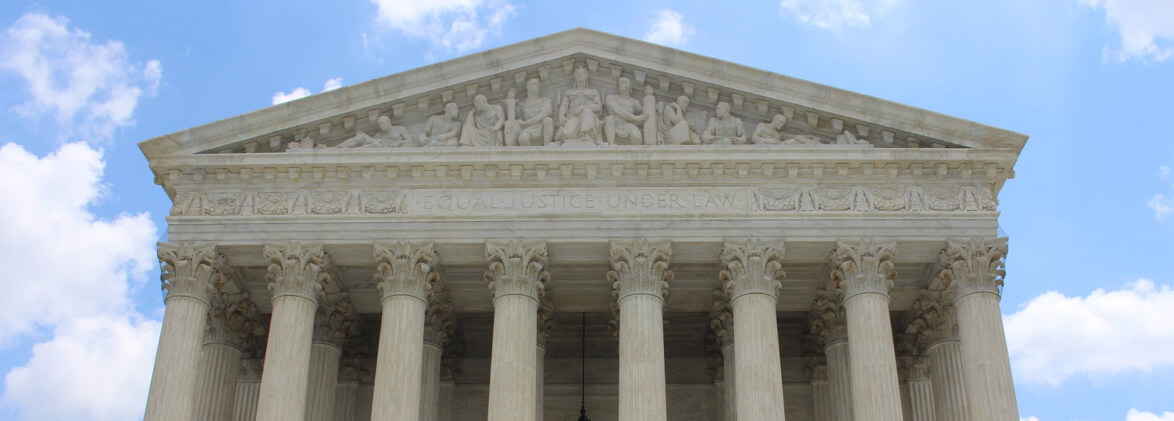“Custody Level Close” refers to a high-security classification for inmates within a correctional facility. This classification is often used for inmates who require stricter control and supervision than those in medium or minimum security levels but are not quite at the maximum security level.
Here’s a detailed breakdown of what “Close Custody” entails…
Characteristics of Close Custody
- Security and Supervision
- High Security – Inmates in close custody are subject to more stringent security measures than those in medium or minimum security levels. This can include more frequent headcounts, increased surveillance, and restricted movement within the facility.
- Enhanced Supervision – These inmates require closer supervision due to the potential risk they pose, either due to the severity of their crimes, their behavior while incarcerated, or a combination of both.
- Housing
- Cell Housing – Inmates are typically housed in individual cells or shared cells with limited interaction with other inmates. Dormitory-style housing is uncommon for this custody level.
- Restricted Movement – Movement within the facility is highly controlled. Inmates may be escorted by correctional officers when moving to different areas, such as the dining hall, medical facilities, or recreational areas.
- Privileges and Programs
- Limited Privileges – Inmates in close custody often have fewer privileges compared to those in lower custody levels. Their access to recreational activities, visitation, and educational or work programs may be significantly restricted.
- Controlled Activities – Any allowed activities or programs are conducted under strict supervision to ensure the safety and security of staff and other inmates.
- Behavioral Expectations
- Strict Discipline – Inmates are expected to adhere to strict behavioral guidelines. Violations can result in further restrictions or disciplinary action.
- Potential for Violence – This classification often includes inmates with a history of violence, escape attempts, or other behaviors that indicate a higher security risk.
- Facility Design
- Physical Barriers – Facilities housing close custody inmates are designed with enhanced physical barriers, such as higher walls, more secure doors and locks, and extensive use of surveillance cameras.
- Special Units – In some prisons, close custody inmates may be housed in specific units or wings that are designed to handle their higher security needs.
Examples of Inmates in Close Custody
- Serious Offenders – Inmates who have committed violent crimes, such as murder or armed robbery, may be placed in close custody.
- Escape Risks – Inmates with a history of escape attempts or those deemed likely to attempt escape.
- Behavioral Issues – Inmates who have exhibited violent or disruptive behavior while incarcerated.
- High-Profile Inmates – Inmates whose cases have garnered significant public attention and who may be at risk or pose a risk within the general prison population.
Comparison with Other Custody Levels
- Minimum Security – Inmates in minimum security (also known as Level 1) have the most freedom and the fewest restrictions. They may live in dormitory-style housing and have greater access to work and educational programs.
- Medium Security – Inmates in medium security (Level 2) have more restrictions than minimum security inmates but still have more privileges and less supervision than those in close custody.
- Maximum Security – Inmates in maximum security (Level 4 or 5) face the highest level of restrictions and supervision. Close custody is a step below maximum security but still involves stringent control measures.
“Custody Level Close” is a high-security classification within the prison system, designated for inmates who pose significant risks but do not require the absolute highest level of security. This level includes rigorous security measures, restricted movement, and limited privileges to ensure the safety and security of the facility, staff, and other inmates. Each correctional system may have its own specific guidelines and policies for managing close custody inmates, refer to the relevant authority for precise information.





